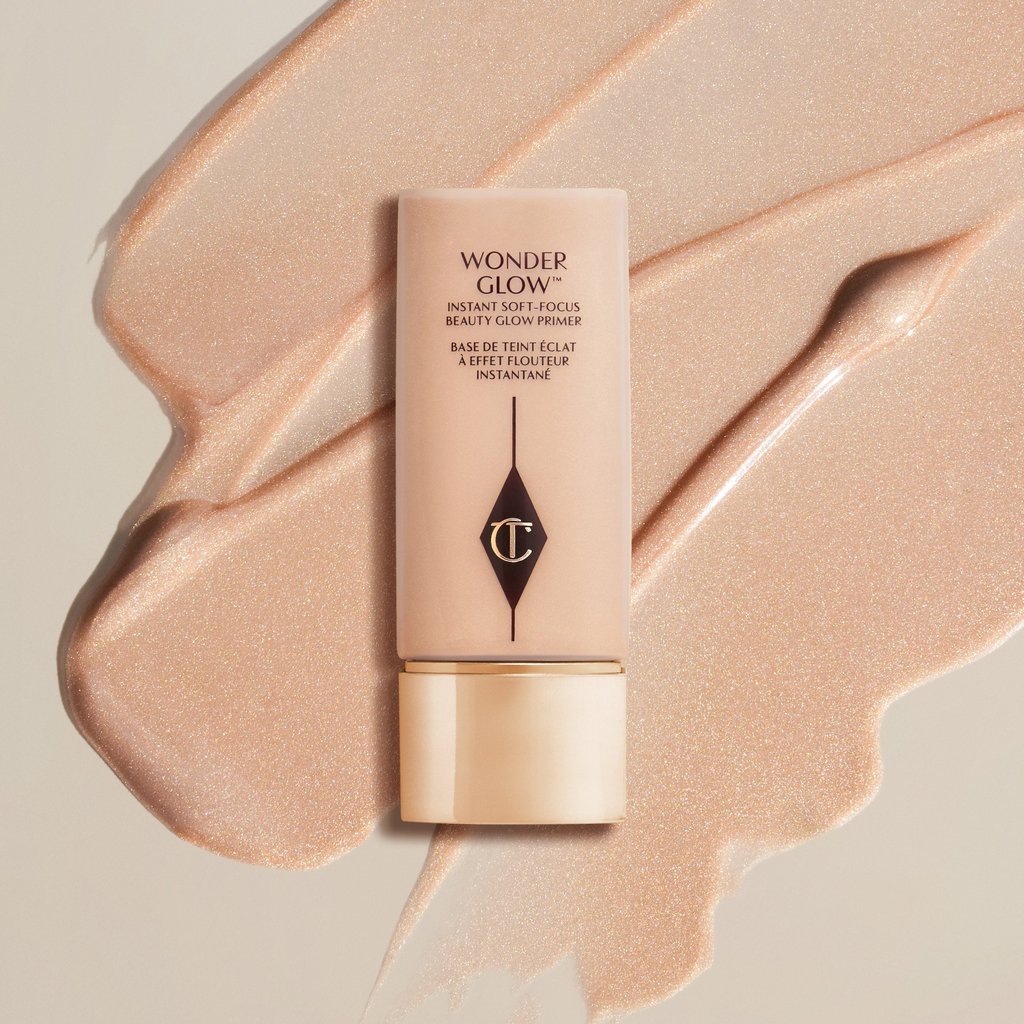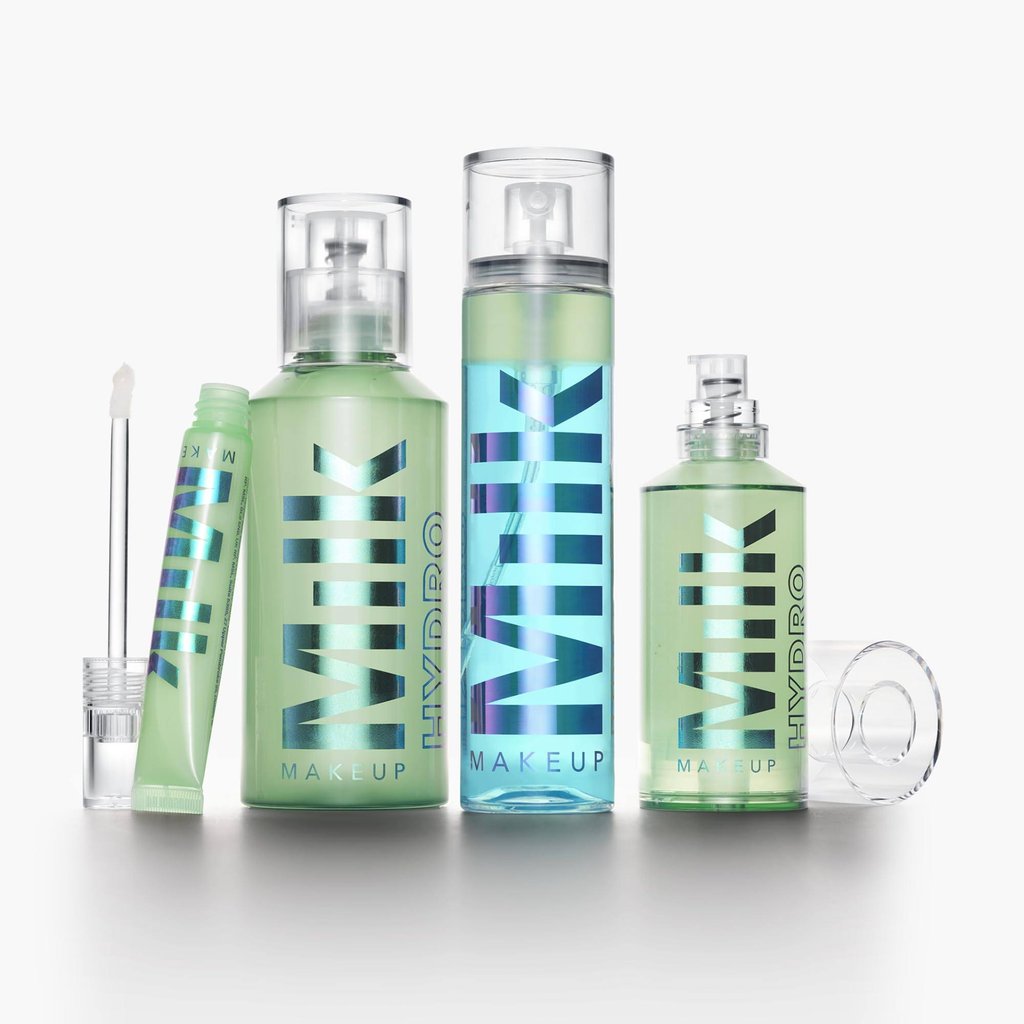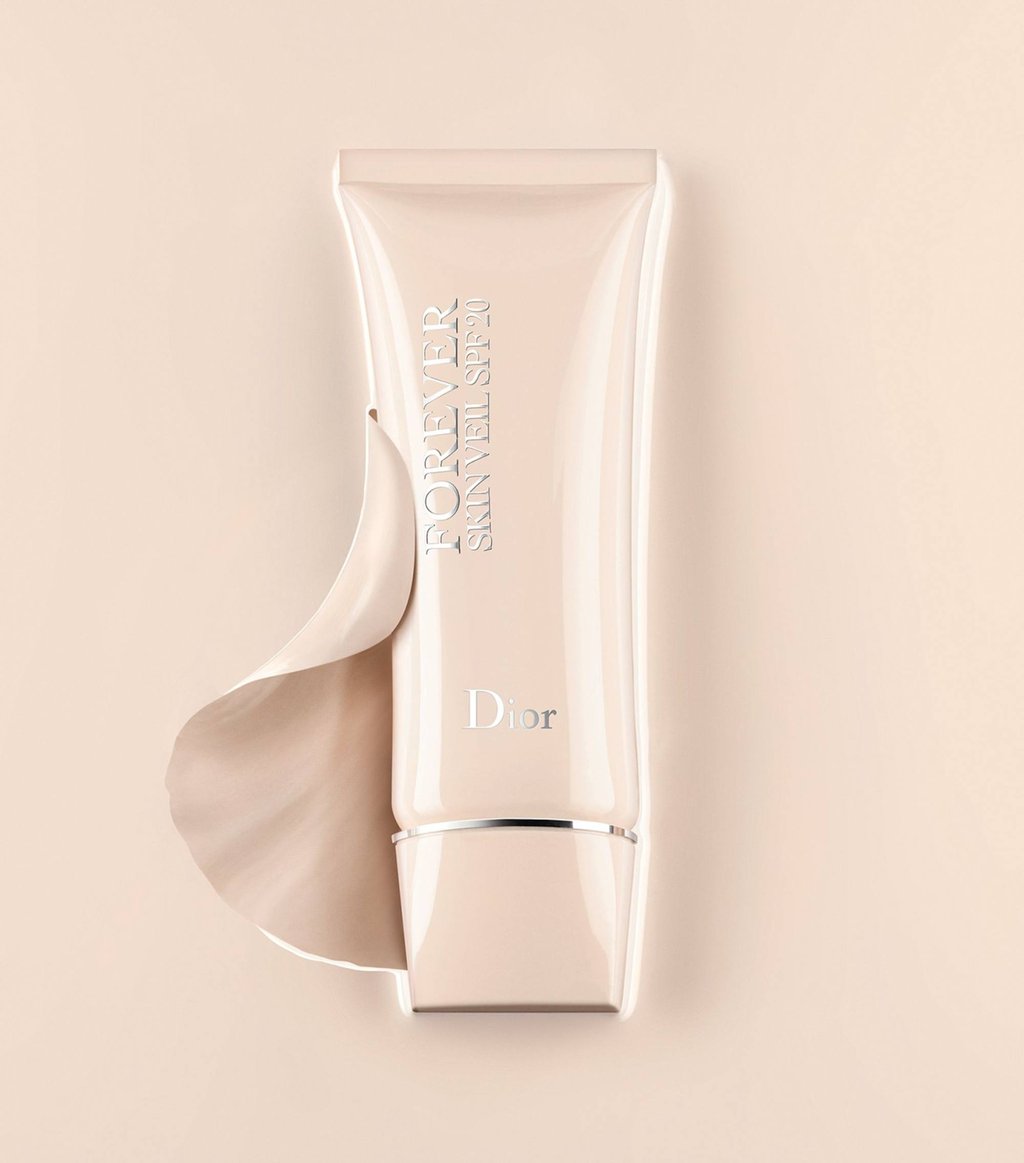What are the different types of make-up primer and how do you get the most out of them?

Primers sit between the skin and make-up, allowing products to apply and wear better by minimising pores and fine lines. As London-based beauty influencer Zak Heath puts it, “There’s a universal fear we all share that our make-up is going to slip and slide across our face throughout the day if we don’t apply primer as the first step in our routine. However, primer really does divide opinions since some think it’s a marketing myth while others swear that their make-up doesn’t look ‘perfect’ if primer isn’t slathered on before foundation.”
Primers used to be focused solely on smoothing the skin’s surface, but as the line between skincare and make-up blurs, they have evolved to offer benefits beyond just preparation, such as targeting specific skin goals like brightening, firming and anti-ageing.
“Silicone-based primers are usually people’s favourites for their ability to fill in fine lines and pores, creating a smooth, velvety base that extends make-up wear and controls oil for an airbrushed look,” says California-based celebrity make-up artist Carolina Pizarro. On the other hand, water-based primers cater to those with sensitive or acne-prone skin, offering a lighter, more hydrating feel. “These are less likely to clog pores and can help maintain the skin’s natural moisture balance, so they’re ideal for dry or combination skin,” she adds.

For those struggling with very dry skin, oil-based primers are the perfect choice, providing deep hydration and a dewy finish. “They tend to feature nourishing oils that enrich the skin, preventing make-up from drying out or flaking,” Pizarro explains.
Besides improving texture, primers can also help even out or boost skin tone. Colour-correcting primers, for example, tackle skin discolouration by using specific hues – green neutralises redness, lavender corrects sallowness, and peach or orange brightens dark spots. Illuminating primers can add a radiant glow with light-reflecting particles, ideal for enhancing a dull complexion. “The best part is they can be used alone for a naturally luminous effect or under foundation for added depth,” Pizarro says.
Other primers are intended for more specific uses. Eye primers have become essential for achieving vibrant, long-lasting eyeshadow looks. The delicate skin around the eyes poses a unique challenge, calling for formulations with a lighter, more fluid consistency. Eye primers are formulated with this in mind, providing a smooth, even base that not only intensifies the pigmentation of eyeshadows but also locks them in place for hours.

Similarly, lip primers create a smooth, even canvas to prevent lipstick from bleeding or feathering – a common concern, especially with bold or dark shades. They can enhance the longevity of lipstick too and improve its appearance, making lips appear more vibrant. Lip primers can also condition and hydrate, ensuring more comfortable wear, which is particularly beneficial for matt and long-wear lip formulas that may otherwise compromise the lips’ moisture.
Lash primers meanwhile, can enhance the volume, length and curl of eyelashes before the application of mascara, contributing to a more dramatic and defined eye look.
But while primers promise to transform the skin’s texture and improve make-up longevity, their benefits are at their height when applied properly. The first step is to start with clean, moisturised skin to ensure that the primer can adhere properly. After moisturising, it is crucial to allow a few minutes for the skin to absorb the product entirely before moving on to primer application.

Heath says he leans towards primers that feel like moisturisers and can be applied as such. “However, if you’re using a primer that aims to target specific areas like a redness-reducing or pore-filling one, then you might want to apply this in specific areas and use different techniques,” he explains. “When applying a colour corrector, I’ll cover the redness and then blend around the edges with a brush because I don’t want to remove any of the pigment. When filling in pores, I’ll rub the pore-filling primer into the tips of my fingers and then gently press over my pores to ensure every pore is catered to.”
Selecting the right primer for your skin type and concerns is critical. For instance, those with oily skin might opt for a mattifying primer that controls shine, while someone with dry skin may benefit from a hydrating formula that prevents make-up from clinging to dry patches. “Sit back and think, what type of primer do I really need?” Heath suggests. “I look for colour-correcting primers, preferably a green since this reduces the appearance of redness, or an orange tone since this minimises dark shadows.”

For a hydrating, illuminating touch, he recommends formulas like Burberry’s Beauty Beyond Radiance, Dior Beauty’s Forever Glow Veil and Charlotte Tilbury’s Flawless Poreless Primer. The amount of primer used is also key: a pea-sized amount is generally sufficient to cover the entire face. Over-application can lead to an unnatural texture or issues like pilling, where the product rolls off the skin in small particles.
Letting the primer set for a minute or two before applying foundation or other make-up is another often-overlooked step. This brief waiting period allows the primer to create a more effective barrier, holding make-up in place and extending its wear time.
Source link